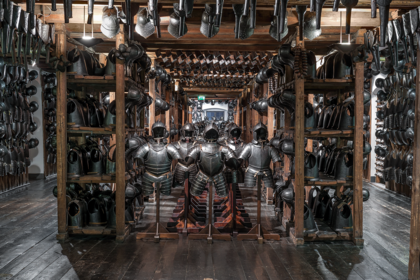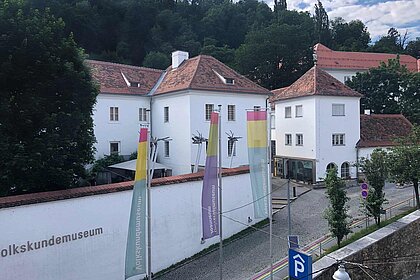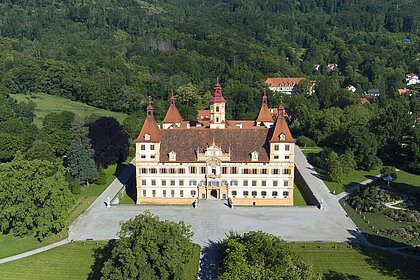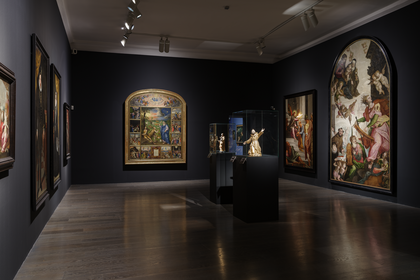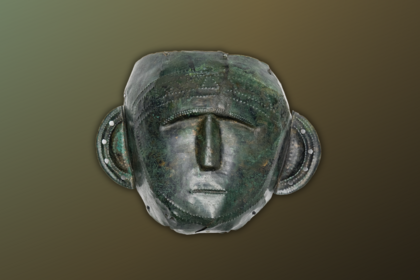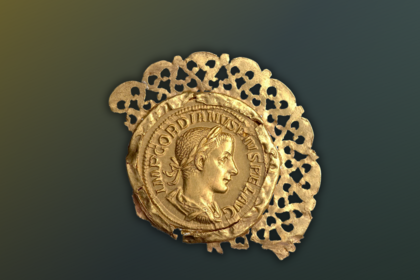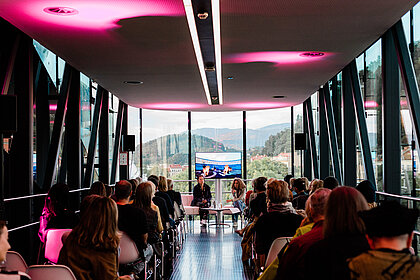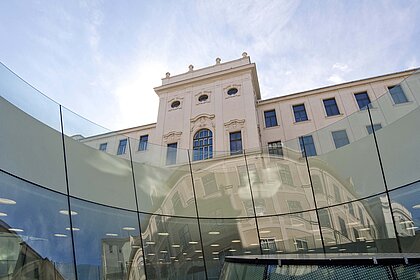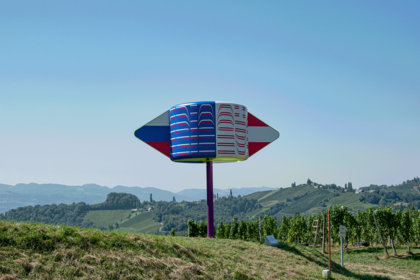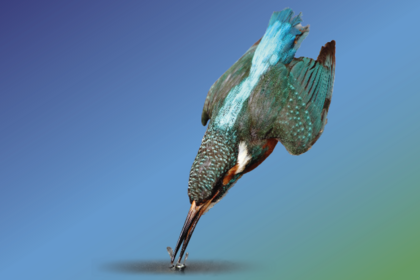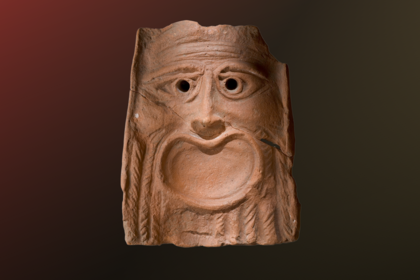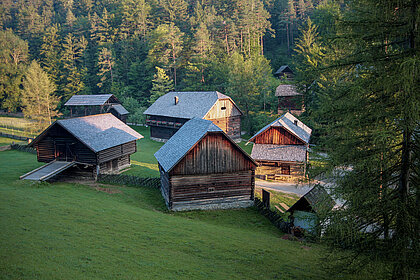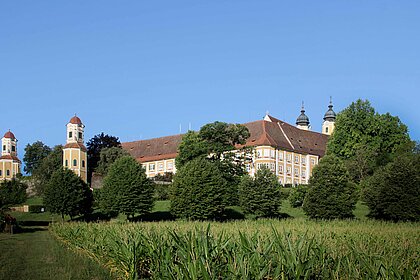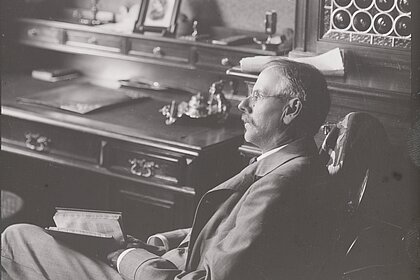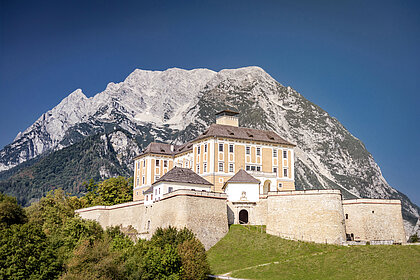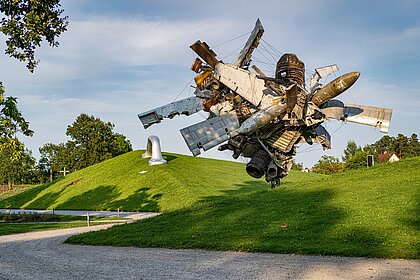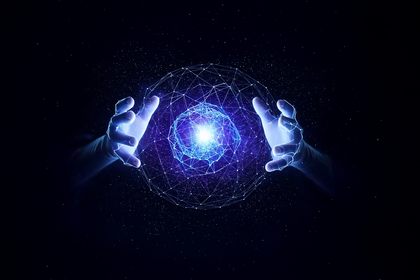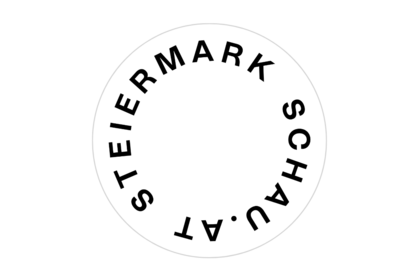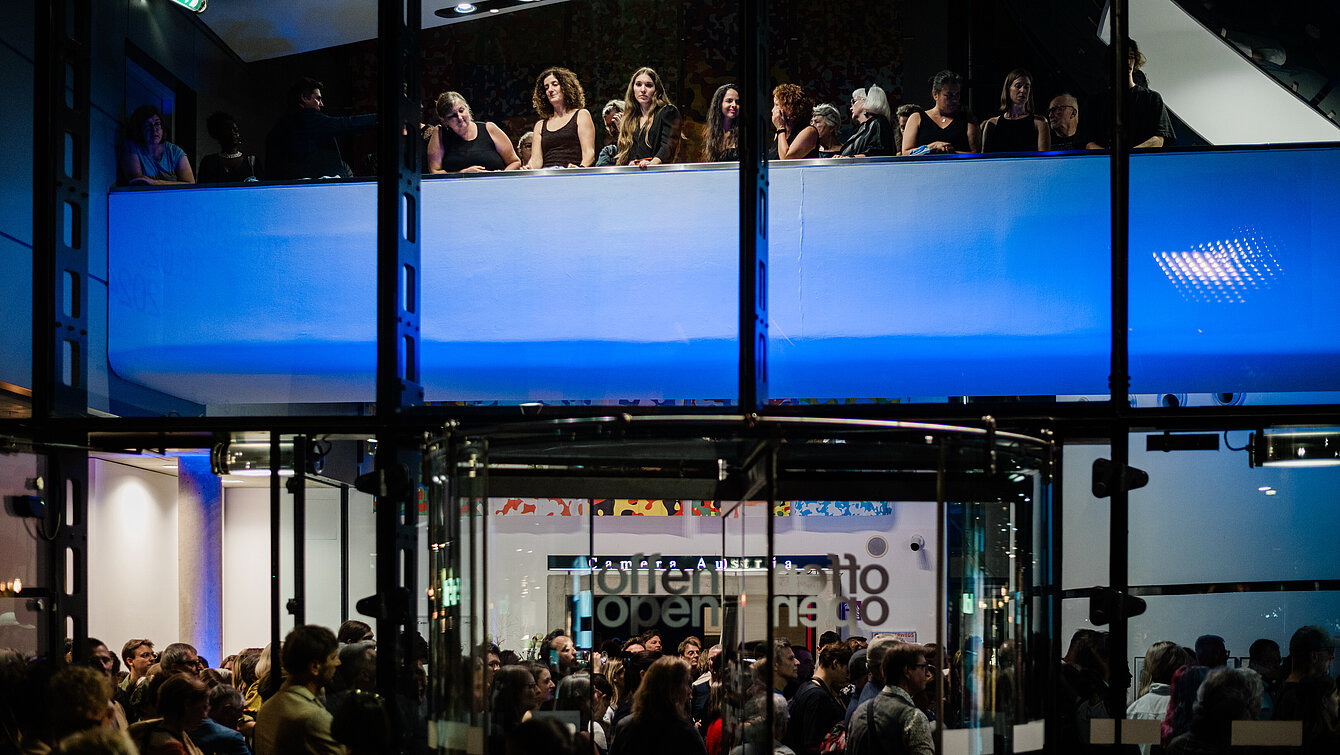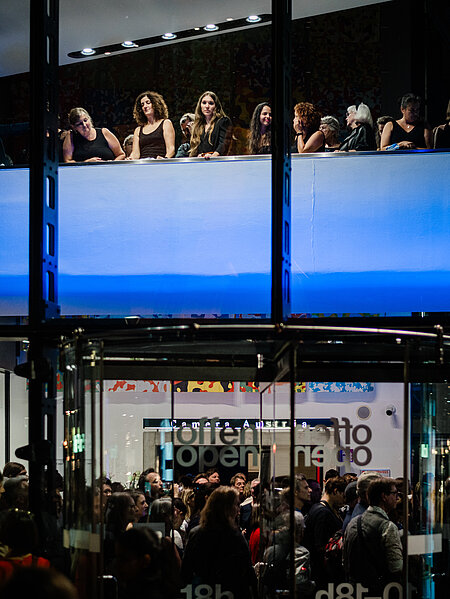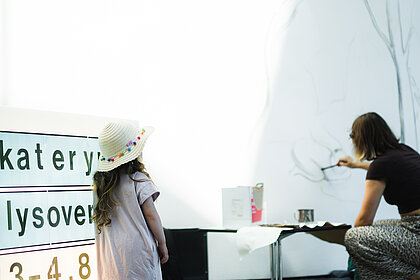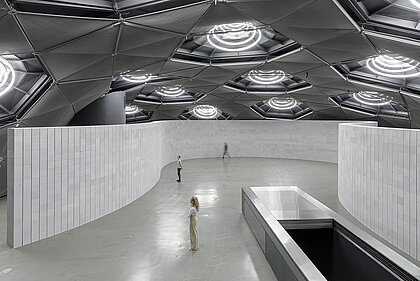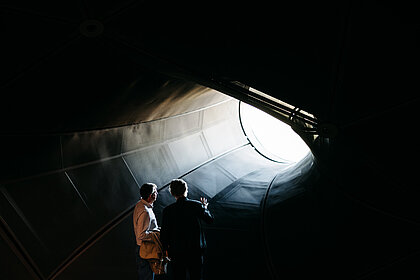The Kunsthaus Graz defines itself as an exhibition and production centre for international contemporary art, as a laboratory and experiment that questions and explores the framework conditions of an institutional and art museum landscape. It is characterised by ‘Living Architecture’ (Peter Cook, Colin Fournier) and the concept of change.
Every year, the Kunsthaus Graz develops exhibitions in group and individual positions and has 11,100 m2 of usable space as well as approx. 2,500 m2 of exhibition space on several floors. The focus is on current social developments, which are linked in dialogue with regional and local themes. The exhibitions are accompanied by a broad education and performance programme that appeals to and involves various groups. The Kunsthaus Graz networks locally and internationally, structurally and in terms of content.
As a non-profit, public and not-for-profit institution, the Kunsthaus Graz is an independent institution within the Universalmuseum Joanneum.
